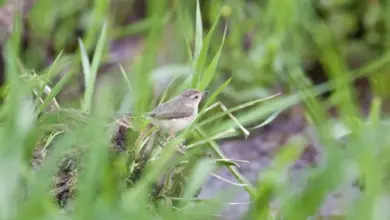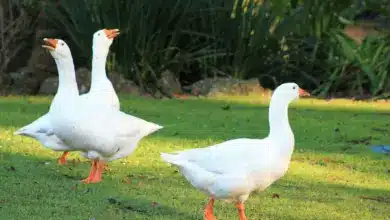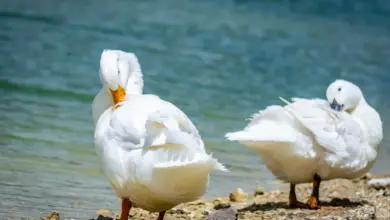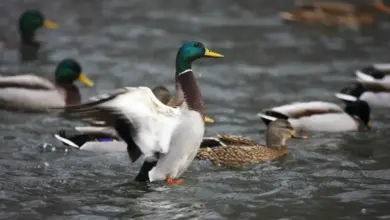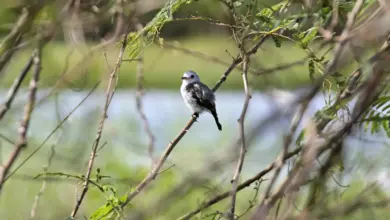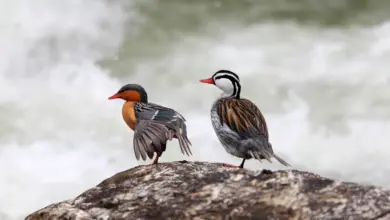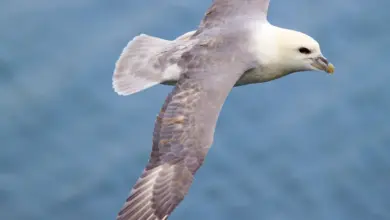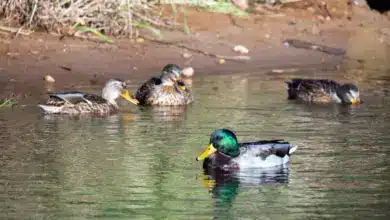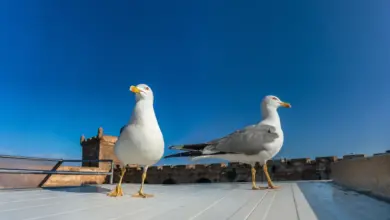birds
-
Swamp Prinias or Assam Prinias
The Swamp Prinias or Assam Prinia, Prinia cinerascens, is a wren-warbler of the Indian subcontinent. Some authorities consider it a…
Read More » -
White Geese
The white geese (genus Chen) breed on subarctic areas of North America and around the Bering Strait (situated at the…
Read More » -
Pekin Ducks
Pekin Ducks aka Domestic Ducks, White Pekin Ducks The Pekin ducks is a domesticated duck used primarily for egg and…
Read More » -
Mallard Hybrids & Mutations
Mallard Hybrids & Mutations In captivity, Mallard come in wild-type Grey patterns as well as Snowy, White, Blonde, Blue Fawn,…
Read More » -
Pied Water Tyrants
The Pied Water Tyrants, Fluvicola pica, is a small passerine bird in the tyrant flycatcher family. Pied Water Tyrants Distribution…
Read More » -
Torrent Ducks (Merganetta armata)
The Torrent Ducks (Merganetta armata) are resident breeders in the Andes of South America, where they nest in small waterside…
Read More » -
Kumlien’s Gulls
The Kumlien’s Gulls (Larus [glaucoides] kumlieni) are large North American gulls. They were named after the Swedish-American naturalist Thure Kumlien.…
Read More » -
Dabbling Ducks
Dabbling Ducks Dabbling Ducks (Anatinae) have a worldwide distribution and includes 8 genera and 50 – 60 living species. Dabbling…
Read More » -
Ducks / Mallards / Wigeons Species Photo Gallery
Ducks / Mallards / Wigeons Species Photo Gallery Ducks Photos Information (General Info / Photos / Supplies / Genetics /…
Read More » -
Great Black-backed Gulls
Great Black-backed Gulls The Great Black-backed Gulls, Larus marinus, is a very large gull which breeds on the European and…
Read More »

